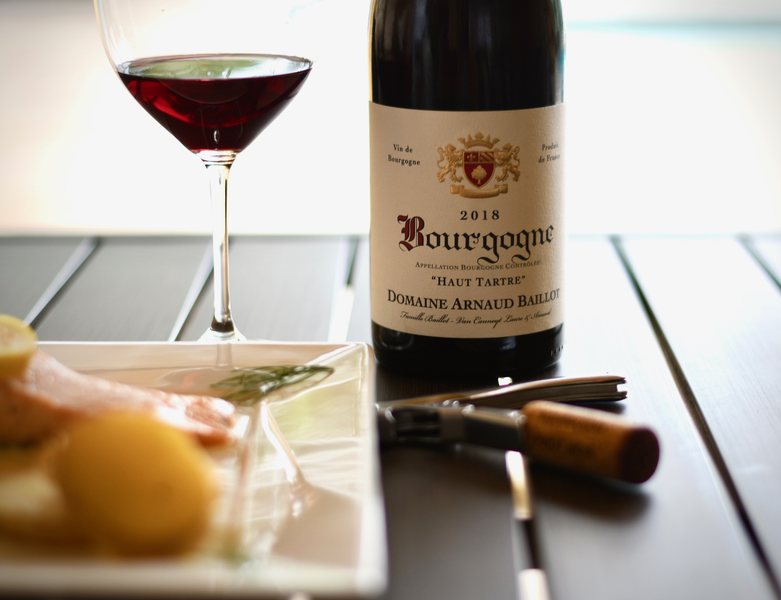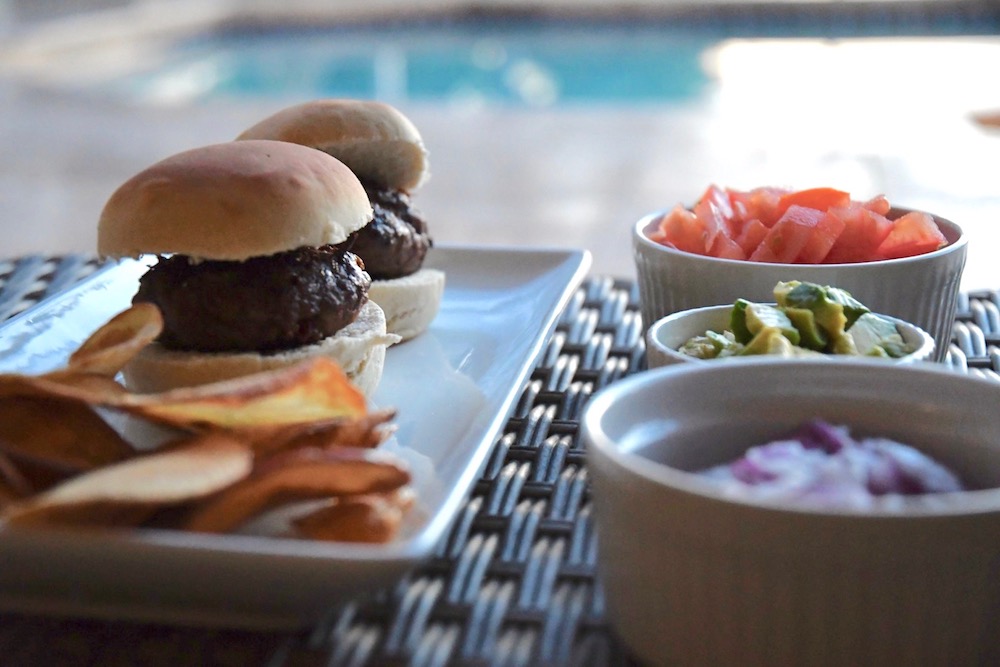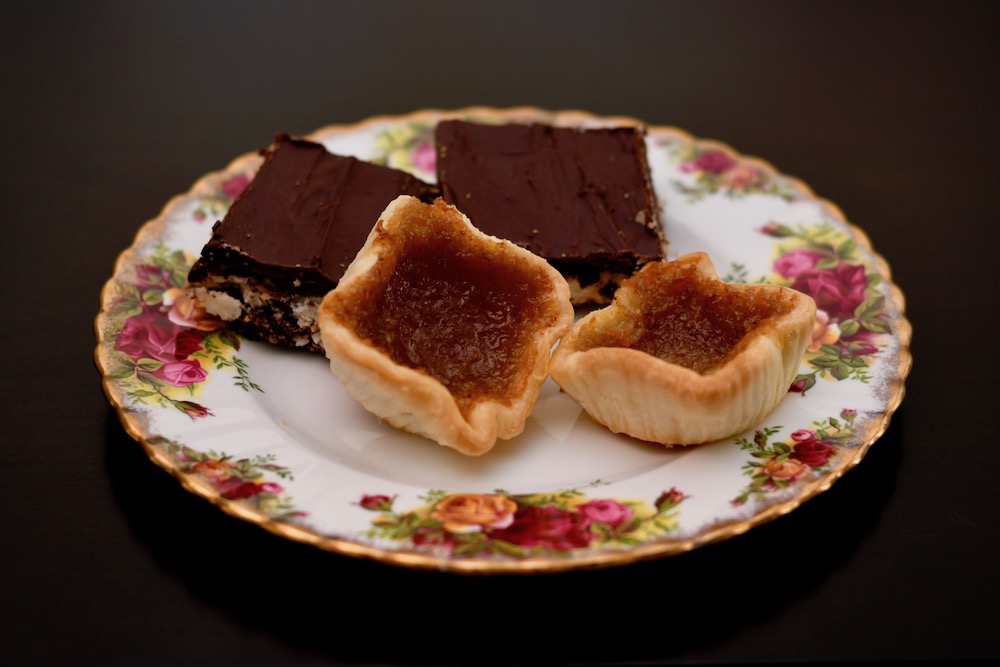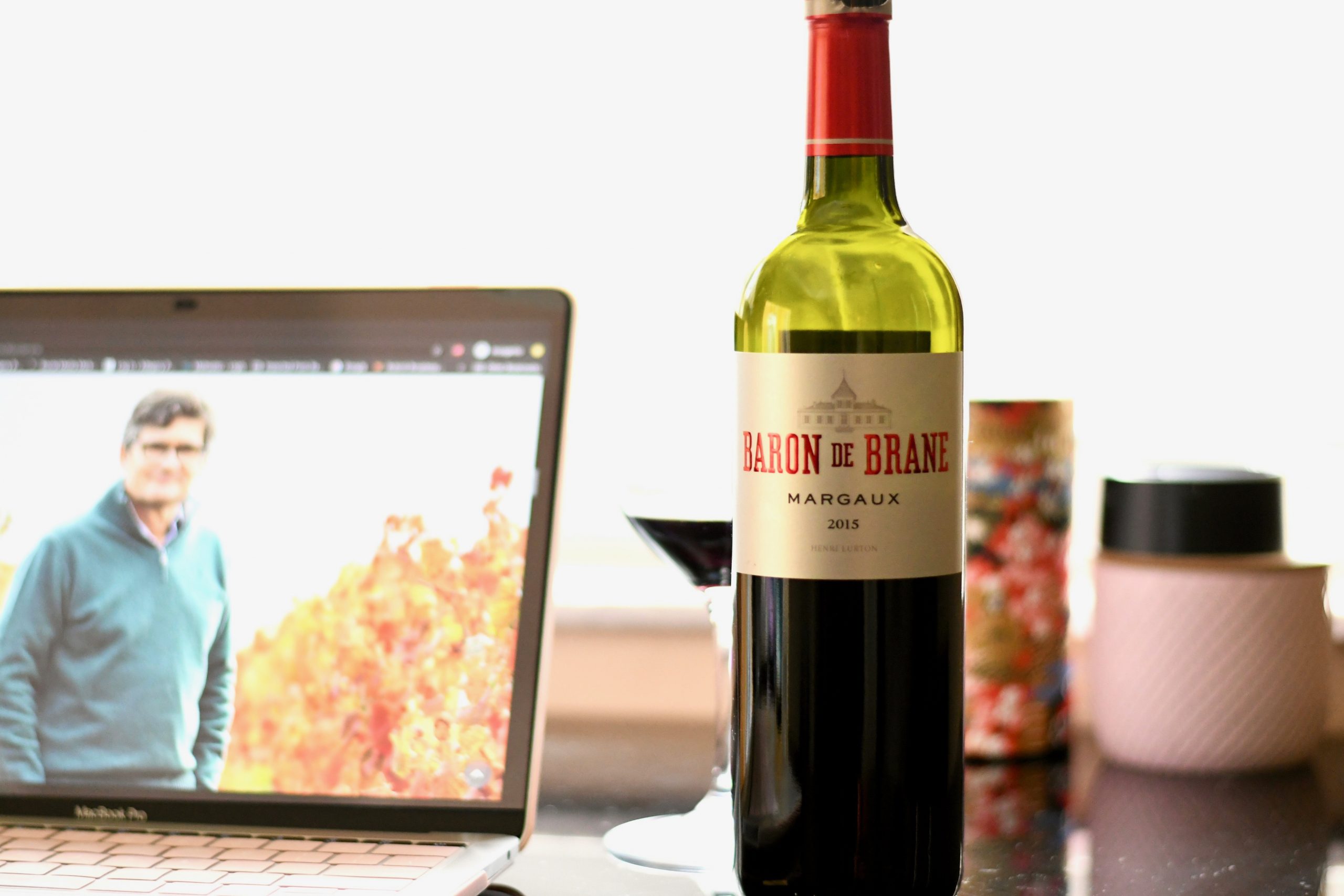Thinking in Reverse Today, I’m going to talk about how a delicious French Pinot Noir inspired me to make Broiled Salmon with Beurre Blanc. Be forewarned that if you’re counting calories, this…


Thinking in Reverse Today, I’m going to talk about how a delicious French Pinot Noir inspired me to make Broiled Salmon with Beurre Blanc. Be forewarned that if you’re counting calories, this…

Satisfy your beef cravings with these two classic, beefy recipes: Hamburgers with home made buns; and Filet Mignon with Classic Bernaise sauce. Plus, “Where’s the Beef” — everyone has something to say living through this COVID_19 pandemic.

Recipes for two of my favorite Canadian desserts: Nanaimo Bars and Butter Tarts. Read the reason why I blog and how it’s help me overcome loss.

What are wine tasting notes, why are they used and do we really need them? Here’s my take on wine tasting notes.

There’s no connection really between the rom-com and wine. Just word nerd, wine newbie (hopeless romantic) me playing. I suppose we could make up some far-fetched, metaphorical association like, look beyond the…

It’s been awhile since I blogged or spent time in my kitchen, apart from preparing something quick for the sake of sustenance and getting me through one work day and into the…